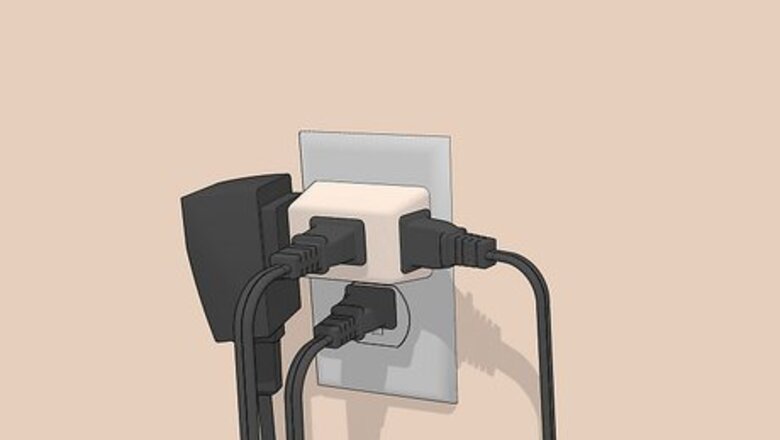
views
- The most common causes of tripped circuit breakers are overloaded circuits, short circuits, and ground faults.
- Test for overloaded circuits by resetting your breaker and plugging in devices until it trips again. The device that caused the trip is overloading the circuit.
- Test for short circuits by resetting your breaker and plugging in items into different sockets. The device or socket that always trips the breaker likely has a short circuit.
- Have an electrician test for ground faults if you’ve already ruled out overloaded and short circuits. Ground faults are too dangerous to test for on your own.
Common Causes of Tripped Circuits
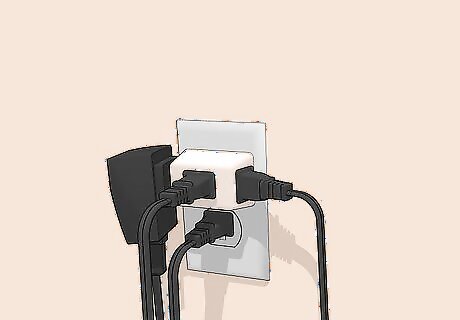
Overloaded circuits A circuit becomes overloaded when the volume of electricity is higher than the circuit was designed to handle. This sometimes happens when you plug multiple devices into a single outlet, or when too many devices are plugged into outlets that are all connected to the same switch on your circuit breaker. When the volume of electricity gets too high, the circuit breaker trips to prevent wires from getting too hot and starting a fire. For example, if your bathroom and kitchen are part of the same circuit—that is, the plugs in your kitchen and bathroom are all connected to the same switch on your circuit breaker—then the breaker might trip if you run your microwave and hair dryer at the same time.
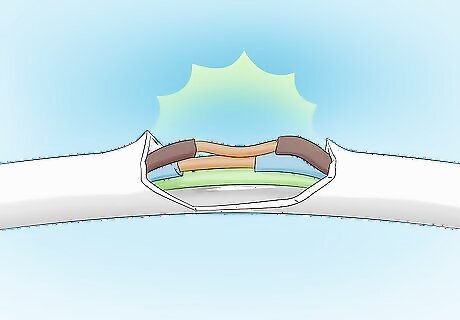
Short circuits A short circuit can happen if two wires touch each other when they’re not supposed to. This causes electricity to take a “shorter” path through those wires, instead of flowing to the devices they’re connected to. Like overloaded circuits, short circuits can cause fires, so your circuit breaker will trip to prevent this. Short circuits often happen when wires come loose or get damaged by corrosion or wear and tear, or even from an animal chewing through them. Short circuits can occur in the wiring in your home or in individual devices. For instance, a refrigerator can have a short circuit due to a loose wire.
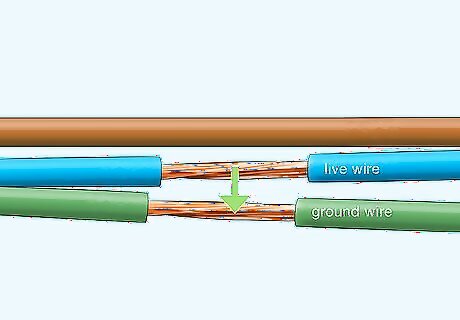
Ground faults A ground fault occurs when electricity is accidentally diverted from live wires to a ground wire. A ground wire is an extra wire, connected to a circuit or device, that redirects electricity in the event of a short circuit. This helps prevent fires and electric shocks, but it will also trip your circuit breaker. Ground faults often happen due to water leaking into outlets or devices. They also occur when loose or corroded wires come into contact with ground wires, or when defective devices cause electricity to flow to a ground wire.
Finding Overloaded Circuits

Unplug all devices affected by the tripped switch. For instance, if the tripped switch affected your kitchen, start by unplugging your fridge, microwave, toaster, and electric stove (if you have one). If the living room was affected, unplug your TV, stereo system, and lamps. If you have multiple devices sharing a single outlet in the area affected by the tripped breaker, it’s likely that that group of devices is causing the overload.
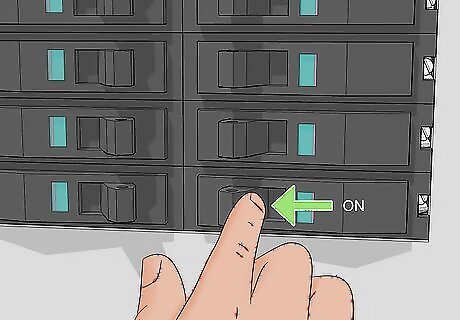
Turn on the circuit breaker switch that was tripped. If the breaker switches are labeled, make a note of the specific area of your home affected by the tripped switch, since this is probably where the overloaded circuit occurred. Wear safety goggles or stand to the side of a breaker when flipping a switch to “ON” in case of sparks. If the switches aren’t labeled, narrow down the affected area by flipping the switch to “ON” and checking which devices and lights turn on again. If multiple switches tripped at the same time, there might be an overloaded circuit in more than one area of your home, or you may have another issue such as a short circuit or ground fault.
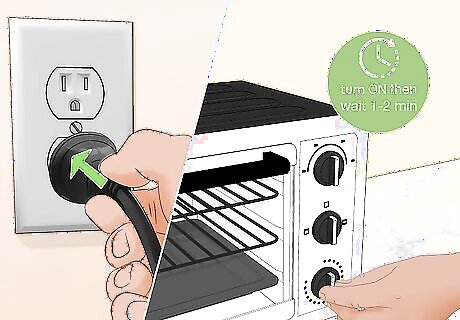
Reconnect devices one by one to find what’s overloading the circuit. Start with essential devices like refrigerators or stoves, then move on to lamps, TVs, and other less important devices. Turn on devices as you plug them in, waiting 1-2 minutes between each device. As you turn on more devices, you’ll bring the circuit closer and closer to its limit. Eventually, one of the devices might trip the circuit breaker. This is probably the device that’s overloading the circuit. If none of the devices immediately trip the circuit breaker, it’s possible that your circuit isn’t getting overloaded right away. Leave the devices plugged in and turned on for a few minutes to see if the breaker trips again. If the breaker trips after several minutes, try the process again, but leave 1-2 less important devices unplugged. Eventually, you’ll find a combination of devices that doesn’t trip the circuit breaker.
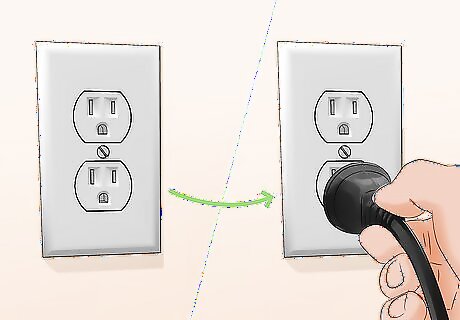
Plug the device that was tripping the breaker into a different outlet. Choose an outlet that’s far from the original one, such as on an opposite wall or in another room altogether, using extension cords where necessary. This helps ensure that you’re connecting the device to a different circuit, since multiple outlets are sometimes part of the same circuit. Leave your devices plugged in and on for a few hours. If the circuits are not overloaded, the circuit breaker shouldn’t trip. If the circuit breaker trips for the same part of your home again, plug additional devices into other outlets. You may need to try different combinations of plugs and outlets to see which combination doesn’t overload your circuits. If you try several combinations and the breaker continues to trip, it’s possible that you have a short circuit or ground fault somewhere in your home.
Finding Short Circuits
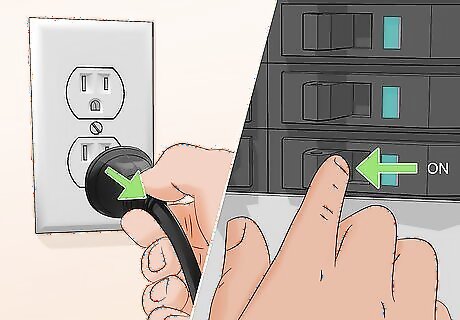
Unplug affected devices and turn the tripped switch back on. Affected devices include anything that’s plugged into a socket in the area of your house affected by the tripped switch. Make sure all affected devices are unplugged before resetting the breaker switch, since a short circuit in any device or socket could cause the switch to trip again. If devices are plugged into surge protectors, unplug each device from the surge protector before unplugging the surge protector itself.
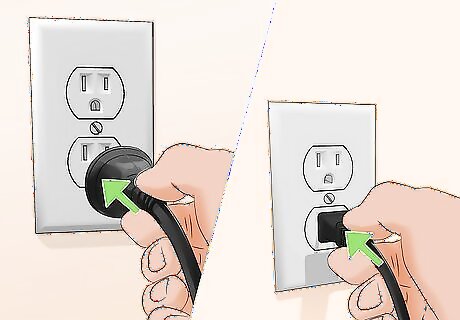
Plug devices back in one by one to find the short-circuit. For items plugged into surge protectors, start with the surge protector itself, then plug devices into the surge protector directly. If plugging in a device trips the circuit breaker, unplug the device, reset the breaker, and plug a different device into the same outlet. If the circuit breaker trips whenever you plug something into a particular outlet, you probably have a short circuit in that outlet. If one particular device always trips the breaker, but other devices don’t, you probably have a short circuit in that particular device.
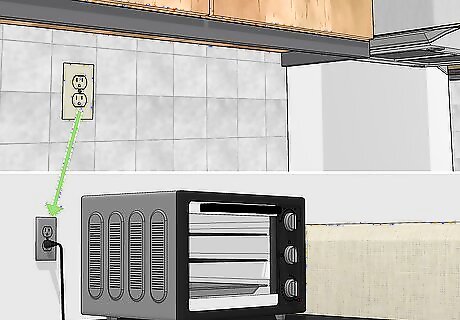
Test potentially shorted devices in other outlets. Choose a different outlet that’s far from the first outlet, such as in another room on the opposite side of your home. If the device causes the circuit breaker to trip regardless of where it’s plugged in, your device probably has a short circuit somewhere in its electronics. If the device you want to test is too large to move—such as a kitchen refrigerator or washing machine—use a long extension cord to reach other outlets.
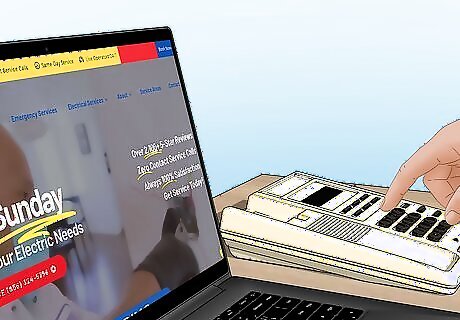
Have a licensed electrician repair any short circuits. For outlets, point your electrician to the specific outlet and explain what you did to test it. For a device, have the electrician inspect it. Avoid trying to repair the short circuit yourself. Working with electricity can be dangerous, so it’s safer to leave repairs to someone with proper training and safety gear. If you find a short circuit in an individual device, check if your product is covered by a warranty. If it is covered, you might be able to get it fixed or replaced for free.
Finding Ground Faults
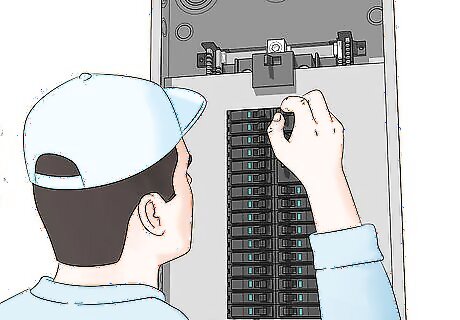
Have a licensed electrician check your home for ground faults. Unlike overloaded or short circuits, ground faults are too dangerous to test for on your own. There’s a high risk of electric shock, especially if the ground fault is caused by moisture or water damage. If you’ve already tested for overloaded and short circuits, and you suspect you might have a ground fault, avoid using the outlet (or group of outlets) that’s tripping your circuit breaker until an electrician has repaired it. Tell your electrician which outlet or area of your home is affected by the tripped circuit breaker. This will help them narrow down the exact problem. Avoid using sockets that appear water-logged or that show signs of water damage.




















Comments
0 comment